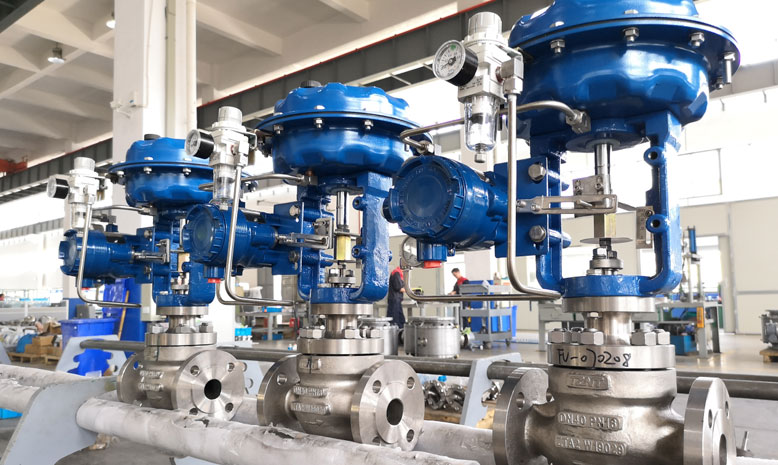
Steam valves are vital for all industries that use steam as their fuel source. From industrial plants and refineries to water treatment facilities and food processing plants, steam valves are commonly used in various sectors to ensure steam’s safe and efficient use. These sectors include:
1.Cleaning
Using steam, industrial equipment and heat exchanger tubes can be effectively and efficiently cleaned. To prevent fouling of tube surfaces, steam-powered soot blowers are used in the boiler’s flue gas stream. Steam is also employed to remove surface stains from heat exchangers and can be used to clean all sorts of surfaces in various industrial settings.
High-temperature steam can also be used to sanitize kitchenware, with steam valves controlling the flow for precise and accurate results. Steam valves are also essential for effective management during maintenance and paint preparation, ensuring that industrial equipment is cleaned to the highest standards.
2.Process Heating
Process heating is an essential part of any process industry, and steam is the most commonly used form of heating. Steam should be used at low pressure to maximize efficiency and reduce energy loss. High-temperature condensate and flash steam are potential sources of energy loss when more excellent pressure steam is used for process heating. Utilizing low-pressure steam can ensure the most efficient use of latent heat and minimize energy loss.
3.Food Production
Food production requires using steam as a critical ingredient to deliver high-quality and consistent goods. With strict health and safety standards in place, the control and application of steam are vital to the success of the process. Internal piping, valves, food preparation, and cooking are all cleaned using steam, and the right steam control system is essential. A precise and effective steam control system can be constructed by integrating steam valves and valve controllers specifically designed for steam applications.
4.Reduce Steam Pressure
Reducing steam pressure is an effective way to regulate the temperature in applications such as sterilizers. Pressure is often reduced in an avoidable way by reducing the size of the steam route. For example, a standard globe valve fixed in a partially open position or an orifice plate can be used to reduce pressure in the simplest possible way.However, any changes to the flow rate will be matched by an equal change in pressure.
Temperature and pressure are directly correlated with saturated steam, meaning that controlling pressure is a quick and easy way to regulate temperature. This valve characteristic is particularly suitable for applications such as sterilizers, where controlling surface temperature with temperature sensors is challenging.
Factors to Consider in Selecting Steam Control Valves
The range of sizes, designs, and configurations available can be overwhelming when selecting the suitable steam valve for a particular steam system. To make the decision-making process more accessible, it’s essential to consider several key factors. These include the type of system, the resistance needed, the pressure and temperature requirements, the size of the valve, the design, and the configuration. By taking these aspects into account, you may more effectively select the appropriate steam valve for your specific steam system.
1.Material
Understand the standards for chemical compatibility when selecting materials for your valve. The materials used to construct the valve must withstand the corrosive or harsh chemicals of the gases that pass through it. Plastic valves are often a better choice than metal valves as they have more excellent resistance to these types of chemicals. Ensure the selected material can provide the necessary protection for the expected service conditions.
2.Requirements
It is essential to ensure that the steam trap you plan to purchase will perform as expected before buying. Consider the response time, the amount of pressure required to open the valve, and the type of valve (normally open or normally closed) best suited for the system’s typical operation. Making the right decision can increase the reliability of the valve and ensure it functions correctly in your system.
3.Installation
Before selecting a steam valve, consider the management system it is designed for. For example, certain steam valves can provide remote control and monitoring features, drastically reducing the time and effort needed for maintenance. Also, ask about the steam valve’s ease of installation and disconnection. Doing so can ensure a much smoother installation process, and the valve is up and running quickly.
4.Application
A crucial step in selecting the suitable industrial valve for your application is determining the steam valve’s application conditions. It is essential to consider the necessary pressure, temperature, and flow rates to make an informed decision. Metal valves are typically more robust and more resistant to extreme heat and pressure than plastic valves, making them the best choice for pressured gases. However, when choosing the suitable valve for your application, it is vital to consider the range of temperature and pressure each valve is designed to handle.






